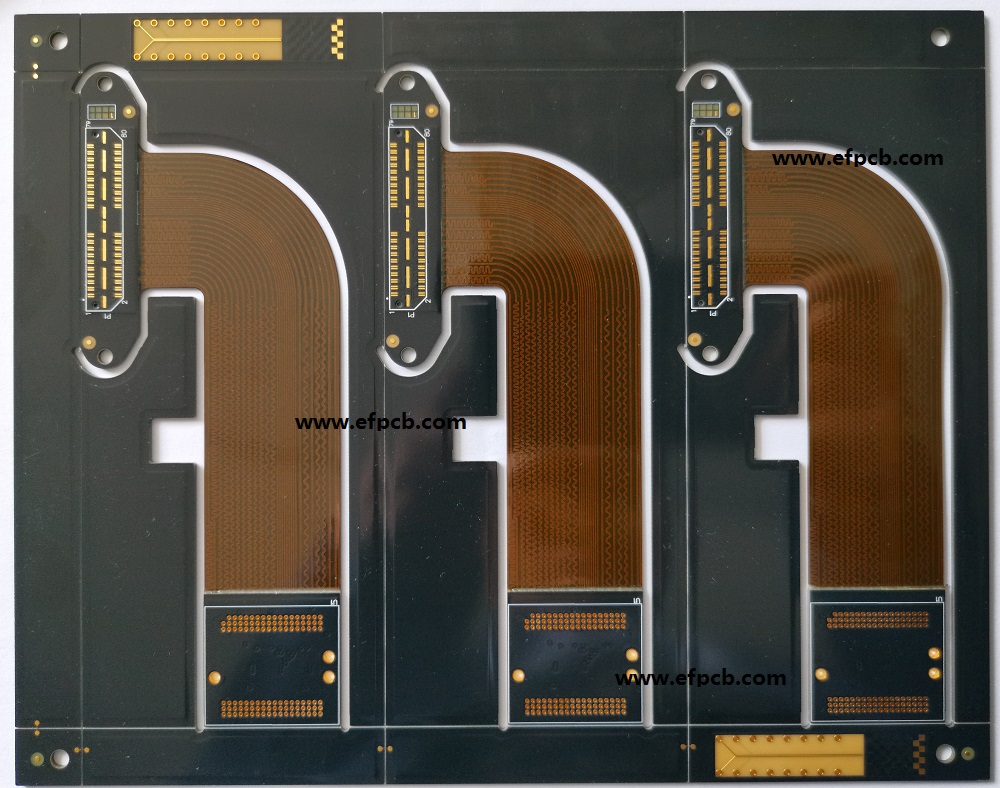Understanding the Latest Technology in Manufacturing of A PCB

Keywords: Circuits Board, Printed Circuit Board, Printed Circuits,
PCBs, or standard Printed Circuit Board, have been around for a long time. They make it simple and affordable to transfer energy from a power source to important parts of your product. A conducting substance, such as copper, is sandwiched between two layers of a non-conductive material, such as fiberglass and resin, to create a printed circuit board (PCB). The non-conductive material prevents the electricity from running rampant and posing a safety threat while the power flows along the conductive material and goes where you want it to.
However, there are certain drawbacks to employing PCBs, the biggest one being the structural rigidity of ordinary PCBs. They can be bent to fit the contour of your product, but they can only be produced into any flat shape you choose. You’ll need to make adjustments to your product to account for the PCB's space requirements. When manufacturing wearable technology or any device that needs several intricate components together on a tiny scale, it can be somewhat restrictive.
Adaptable PCBs
Flexible Printed Circuits are easier to mass produce than regular PCBs and offer more design options for finished goods. Flexible PCB was created as an alternate circuit board technology that wasn't constrained to flat geometry in response to advancements in wearable technology.
These are a few of the main advantages of flexible PCBs:
Flexible: The name of flexible PCB—flexible—is it's one of its main advantages. It allows you greater latitude to reduce the overall mechanical footprint of your product since it can bend. Making your product smaller is possible by folding the PCB board.
Thin: The thickness of a standard two-layer flex PCB can range from 4.4 to 10 mils. Even if flexibility is not required, flexible PCB might still be more desirable and useful due to its thinness.
Lightweight: The polyimide material used in flexible circuits is lighter than FR4, the weight of the fiberglass resin used to make regular PCB boards. The reduced weight could be useful for smaller portable gadgets.
Heat-resistant: Because flexible printed Circuits Board disperse heat more quickly than regular PCBs, they can withstand greater temperatures. This characteristic may allow you to place chips on the board closer together without worrying about their overheating.




